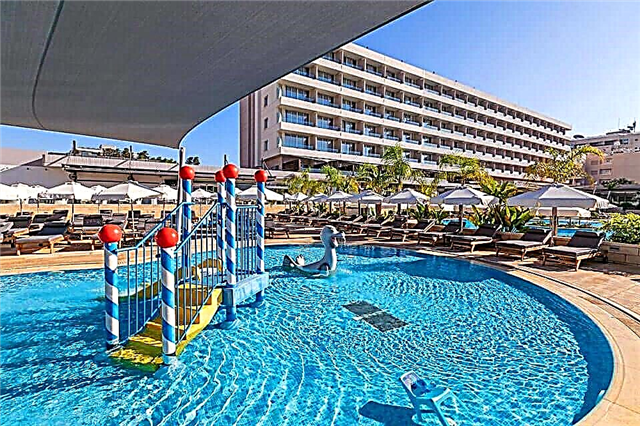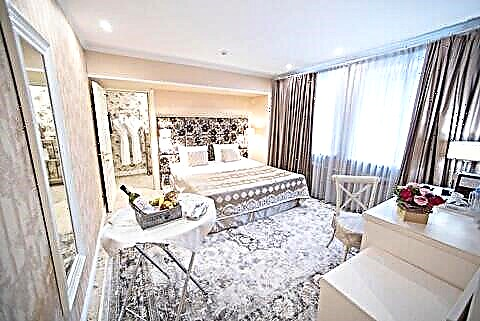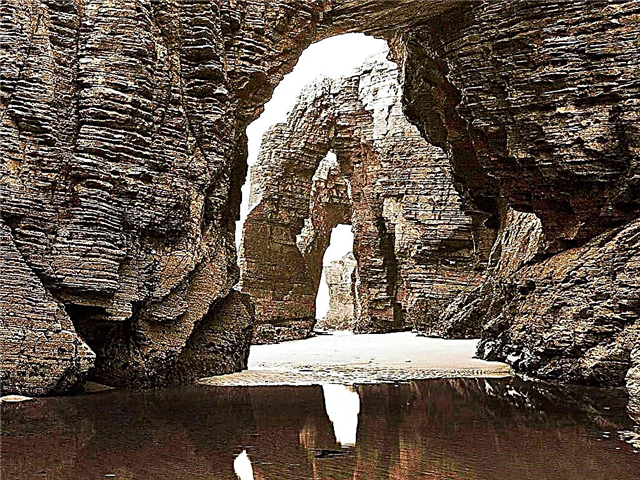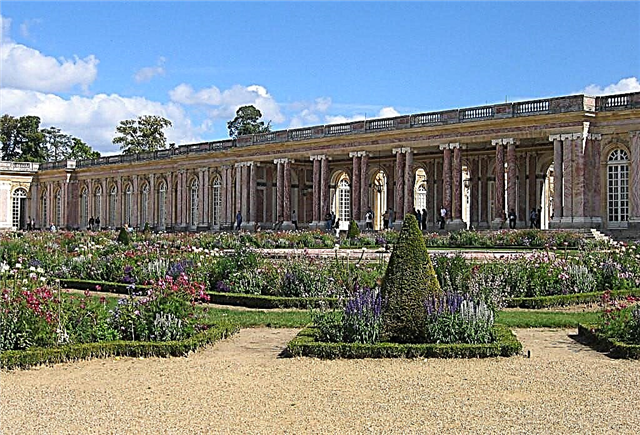The demonstration of the luxury of the French Empire at the Palace of Versailles is striking in its scale. This ensemble is included in all textbooks on landscape art as a standard. The halls are luxurious apartments, in the fresh air there are beautiful views and landscapes. There is something to see here.

History of creation
More than one architect worked on the appearance of Versailles, as is the case with the construction of palaces. The birth of the Versailles miracle of architecture and landscape began a little less than four centuries ago. King Louis XIII of France loved to hunt in the forests surrounding the small village of Versailles, 20 kilometers from Paris. For the rest of the tired hunters, he decided to build a small castle there. This building became the first castle of the king in Versailles.
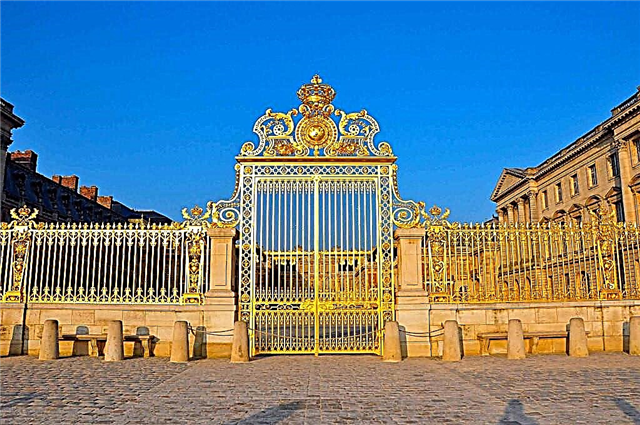
Additionally, read in our life hack about what to bring from France and how to properly approach shopping in this country.
Versailles turned into a royal residence only during the reign of Louis XIV, or as he was called the sun king.
When he turned 20, in 1662 he decided to create an architectural and park masterpiece here, following the example of the one built by the then French finance minister Nicolas Fouquet, only a hundred times better. He invited the same architect as Fouquet - Louis de Vaux.

The master of landscape art André Le Nôtre worked on the park, who had already created the famous Vaux-le-Vicomte by that time. To create the park, 800 hectares of swamps had to be drained. In this ensemble, it was not the castle itself that became the main thing, but the unification of the palace and the park in the same style.
In 1682, the king, along with all the courtiers, began to live in the Palace of Versailles. From this moment, the once small town begins to turn into a royal residence, sparkling with its luxury. But to the forty-year-old Louis XIV, the palace begins to seem insufficiently majestic. He invited the then very famous architect Jules Hardouin Mansart, who ordered him to change the appearance of the palace as soon as possible.

For this, two five hundred-meter wings were completed, two floors were added. The king's bedroom was located on the second floor. The famous mirror gallery, also created by Mansart, was enclosed by the halls of War and Peace. The building has completely changed, becoming grandiose. The balance between the grandiose scale of the park and the palace has been achieved. The ensemble turned out to be majestic, as it should be to demonstrate the greatness of the monarch.

Halls of the Palace of Versailles
All accounts related to the construction of Versailles have survived to this day. The estimated amount spent on the construction of Versailles, according to experts, in terms of modern money, about 260 billion euros. Most of this amount was spent on the interior decoration of the halls and galleries.

In the stunning Hall of Mirrors, on a 70-meter wall, there are 17 very large and beautiful mirrors separated by gilded lamps in the form of sculptures. In 1919, the Treaty of Versailles was signed here, which determined the post-war fate of European states. The chapel, decorated in a white and gold baroque style, was the wedding site of Louis XVI and Marie Antoinette.

All rooms and chambers are furnished with great luxury and grace. Every nook and corner, including the ceiling and walls, is carved in wood and marble. Everything is decorated with frescoes, paintings, sculptures. There is an opera and a theater in the palace with a large oval hall illuminated by 10,000 candles.
A must-see is the queen's chambers in the north wing of the palace. In them, every centimeter is decorated with gilding.

Interestingly, the center of the palace was not the throne room or even the study. All important decisions were made in the royal bedroom.
Versailles palace park
The day flies by as you walk through the palace park. Absolutely everything here talks about care and attention. Carefully trimmed trees are planted along the Grand Canal. The setting sun is reflected in the water surface.

Garden sculptures have been selected with great skill. There are 50 beautiful fountains in the park.
Fountains do not always work. Before visiting Versailles, it is necessary to familiarize yourself with the timetable on the website. But if you find yourself on this particular celebration of music and water, then remember this show forever. The jets of fountains dance synchronously to the music. On Saturday summer nights, there are light shows with fountains and fireworks.

Against the backdrop of these manicured gardens, fountains, lakes, ponds, carefully selected flowers in the flower beds, turn on your imagination and you will find yourself at the ball of the royal court.
Other sights of Versailles
On the side opposite to the palace are the Small and Grand Trianon. Trianon means a small, elegant villa.

Louis XIV built the Grand Trianon of pink marble, a one-story pavilion in the Italian style surrounded by a garden. In the main palace, the king even had to dine with a large crowd of spectators. The Trianon was supposed to be a place of retreat.
The Petit Trianon is a fairly simple building, commissioned by Louis XV by the architect Gabriel for Madame du Barry in 1773.

Later it became the favorite place of Marie Antoinette, who also wanted to retire from the formalities of the main palace. Behind this pavilion, on the banks of the pond, she set up a small village with a dairy farm.
Working hours
The opening hours of the Palace of Versailles are best viewed on the website. It usually operates from April to October from 9:00 to 18:30, the rest of the time from 9:00 to 17:30, except Monday.

Ticket price
The entrance to the park is free. But on the days of the fountain, it will cost about 8 €. There are several types of tickets for visiting the palace and other buildings. You can visit the palace separately and see its halls, the Mirror Gallery, the chambers of the king and queen. A full ticket to visit on fountain days costs more than on other days.
How to get there on your own
There are several ways to get to the palace:
Take the RER yellow line C to the Versailles-Rive Gauche terminus. Leaving the station, turn right and walk along the royal street to the main entrance of the park.

Take the train from Gare Montparnase or Gare St-Lazar, respectively, to Versailles-Chantiers or Versailles-Rive Droite.
From Pont de Sevres metro station, take bus # 171 to Place d Armes in Versailles.
You can also drive along the A13 motorway.

Use the services of kiwitaxi and at the airport, at the specified time, the driver will be waiting for you, help with the luggage and promptly take you to the hotel. Several car classes are available - from economy to Minibus with 19 seats. The price is fixed and does not depend on the number of passengers and the address within Paris. A taxi from / to the airport is a convenient and comfortable way to get to your destination.
Palace of Versailles on the map
Enjoy the ball surrounded by beautiful decorations!
If you really liked the sights of France, then you should inquire about obtaining a visa - read more on our website.


